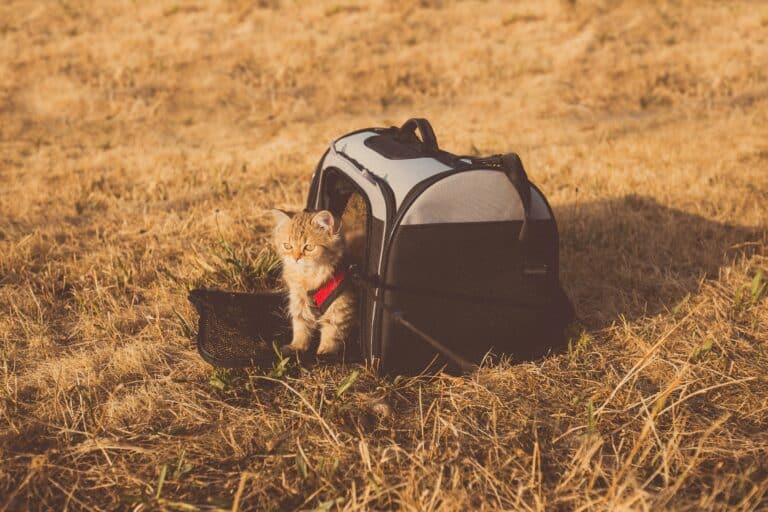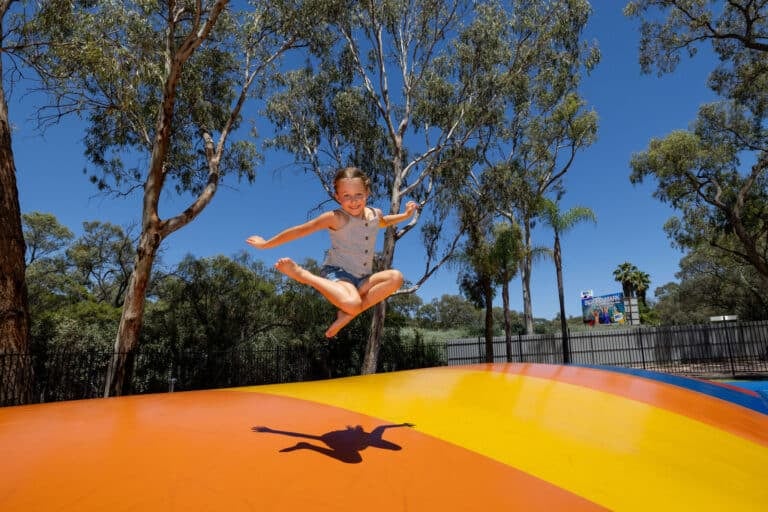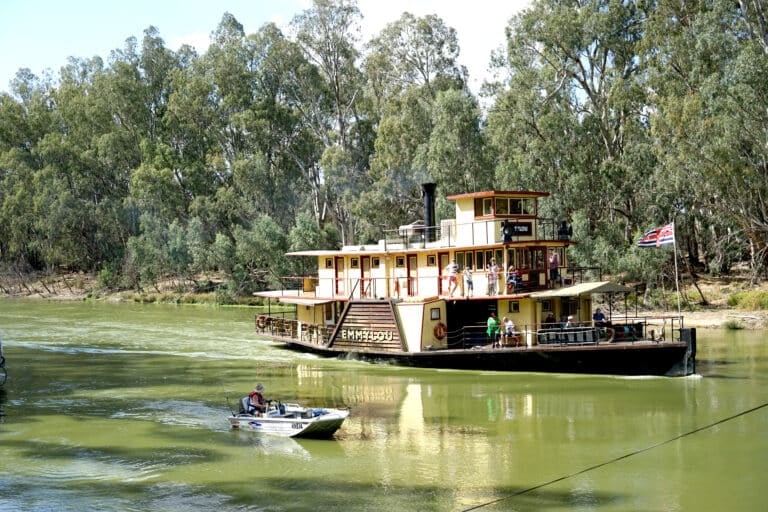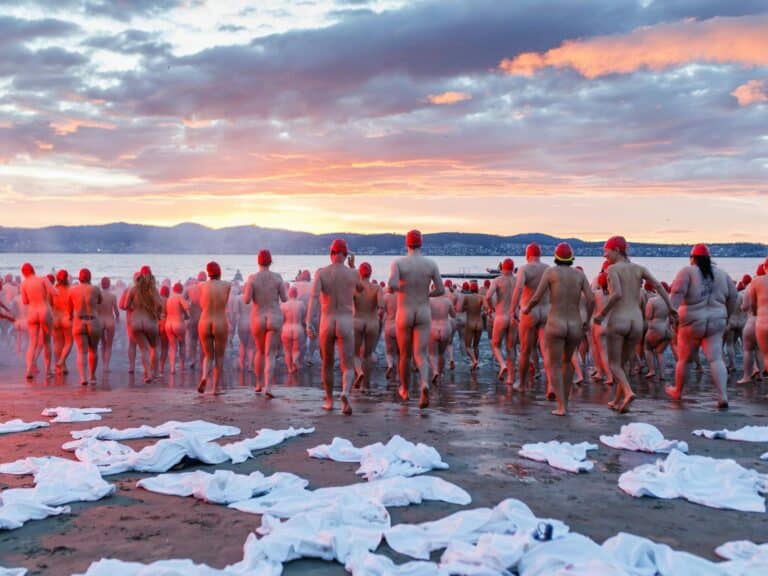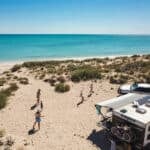I have a dream … a dream that one day, road rules will be the same across every state and territory in Australia. The federal pollies need to take control and be responsible for the rules and regulations that govern ALL our roads and put an end to different strokes for different folks. Who’s with me?
Slowing Down for Emergency Vehicles
Social media exploded recently when a NSW CMCA member was booked for driving her campervan at 85km/h in a 25km/h emergency zone in SA. Now, the sign-posted speed limit of that particular road was 110km/h, but because there were two police cars with their lights flashing on the side of the road, it was considered an emergency zone in accordance with SA law. The CMCA member was fined $1074 and her licence was immediately disqualified for six months. Of course, ignorance is no excuse in the eyes of the law, but the fact that road rules differ from state to state is clearly a cause of confusion that can lead to otherwise law-abiding motorists breaking rules that don’t exist in their home state.
You see, NSW doesn’t have a law on slowing
for emergency vehicles, at least not until they begin a 12-month trial of 40km/h emergency zones from September 2018, yet this same law is already in effect in the Australian Capital Territory as of April this year … talk about confusing.
We applaud SA for the visionary implementation of their Emergency Services Speed Limits on 1st September 2014. They decided that 25km/h was the safest speed until 2017 when SA Police and the RAA raised concerns about the safety in reducing speeds to 25km/h in high-speed areas such as the South Eastern Freeway. The high risk of rear-end collisions had both parties championing for an increase in speed to a maximum of 40km/h in zones of 60km/h or more.
Victoria implemented the law on 1st July 2017, with little warning. The RACV jumped on this, raising concerns with the state government regarding the practicality of slowing down from 110km/h on country roads and freeways, arguing that the public should be better educated prior to the new laws being introduced. WA has since followed suit, and emergency services are happy to hear that Tasmanian politicians from both sides are looking into amending their laws as well. As for Queensland … well, they aren’t interested in implementing this particular rule; they would rather educate than regulate.
What’s with School Zones?
Queensland and Victoria have the following time-based speed limits within school zones on school days during school times:
– 40km/h where the existing limit is between 50km/h and 70km/h
– 60km/h where the existing limit is between 80km/h and 100km/h
– 80km/h where the existing limit is 110km/h
However, Victoria has some exceptions:
– Permanent 40km/h limits apply outside schools on some roads that otherwise have a 50km/h limit, including those where the unsigned 50km/h limit exists, irrespective of the day or time.
– Where there is a flagged crossing a time-based limit of 40km/h is applied regardless of the existing speed limit.
South Australia has a 25km/h speed limit under the following circumstances:
– In a school crossing zone when the lights are flashing
– In a school zone at any time that children are present
– When passing, in either direction, a school bus that has
stopped to set down or pick up children.
On some roads in Western Australia, the 40km/h limit is permanent. In other areas, the following speed limits are applied:
– 40km/h where the existing limit is between 50km/h and 70km/h
– 60km/h where the existing limit is between 80km/h and 90km/h
Is Your Towing Speed Breaking the Law?
Victoria, SA, ACT, NT and Queensland have no restrictions
on towing at the state’s maximum speed limit, instead, they recommend that drivers select a speed suitable to the conditions. WA allows a maximum of 100km/h when towing while Tasmania only places a speed restriction on trailers or caravans that have a GVM over 12 tonnes.
NSW allows tow vehicles to travel at 110km/h provided that the GVM of the tow vehicle doesn’t exceed 4500kg.
Hook Turns Now P-Turns?
Ever tried to do a right-hand turn in the Melbourne CBD, only to be tooted by drivers because you’re doing the wrong thing? Yep, in the Melbourne CBD, at most major intersections, if you want to turn right you must do so from the LEFT lane, entering the intersection and waiting until the lights change before you can make the turn.
It’s called a Hook Turn.
Now Melbourne has a new one called the P-Turn, yep, that’s right folks. On Hoddle Street during peak times, steps have begun to change the way you can do a right-hand turn. According to City of Yarra Councillor Stephen Jolly, “It’s like quack medicine to treat serious illness or using a Band-Aid to fix cancer”. It is too difficult for me to try and explain, so I will leave it to VicRoads. Hopefully, obscure turning initiatives like these do NOT spread nationally.
Toughest Drink Driving Laws in the Land?
As of 30th April 2018, changes were introduced to make Victoria’s drink driving laws tougher:
– Any drink driver, including first offenders, who record a BAC of 0.05 and above, will lose their licence for a minimum of three months.
– All drink drivers will be required to fit mandatory interlockers for a minimum of six months.
– Any drink or drug-affected driver will be required to undertake behaviour change programs.
– Victorian drivers convicted of drink or drug-affected driving interstate will also be subject to Victorian drink driving penalties.
If you’re visiting Victoria and you’re going to be
an idiot, expect to suffer these consequences as they apply to interstate drivers as well. Shouldn’t drink driving laws be the same anywhere in Australia?
Some Obscure Ones
Here is a cracker! In NSW it is illegal to drive past a bus stop and splash a person with mud or water. Now, I remember as a kid when the local youths would get great enjoyment out of doing exactly that as we waited for the school bus. But any other time and place, it is fine to splash a pedestrian – well, according to the law anyway.
When giving the salute to fellow travellers, keep your hands inside the vehicle because in a number of states, you can be fined. This includes passengers, but if you disguise the wave as though you are giving a hand signal, you may get away with it.
Here’s one that makes NSW great! It is illegal to accelerate when you are being overtaken, or you can expect a fine of $325. We have all come across the idiots that do this; it is dangerous and selfish, and this NSW law should be made into a national law.





